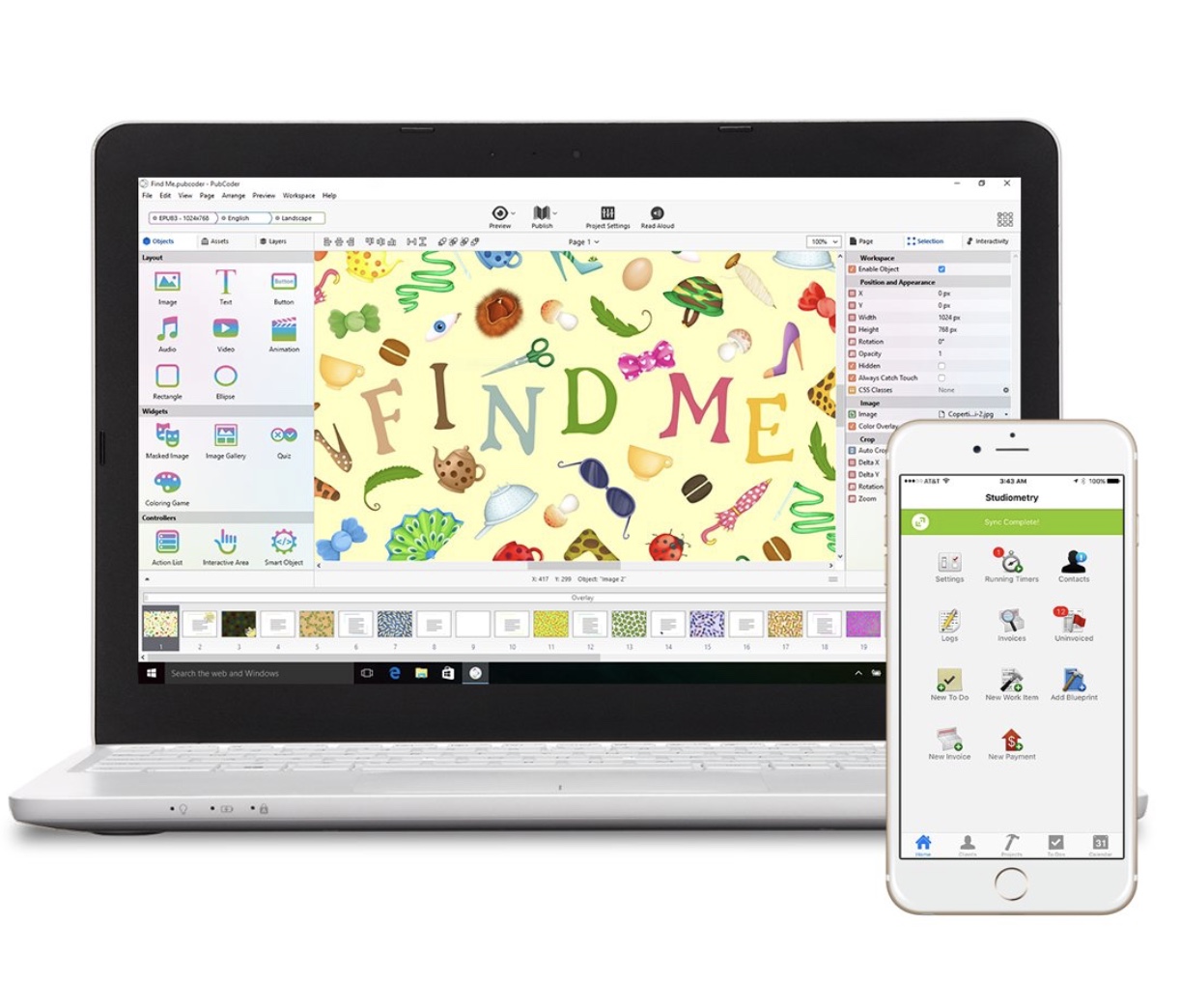

- #Xojo ios code
- #Xojo ios plus
Trailing: Refers to the edge where words and sentences end. For left-to-right languages such as English, Leading is the same as Left, whereas in a right-to-left environment such as Hebrew or Arabic, Leading is the same as Right. Leading: Refers to the edge of the alignment rectangle where words and sentences begin. Baseline: Refers to an invisible line, offset from the bottom of the alignment rectangle, along which glyphs of characters are laid out. Vertical Center: The centered vertical position for the control.  Horizontal Center: The centered horizontal position for the control. Bottom: The bottom position of the control. Right: The right position of the control. Left: The left position of the control. The following Auto-Layout rules can be added, although not all controls have every rule available: This adds the control using only offsets. To add and move a control around on the layout without auto-layout being applied, hold down the Command key as you drag the control. To add a new rule, click the "+" button and choose the rule from the list. To edit a rule, click on its name and then click the Edit button. But you can also set any of the rules manually. Some Auto-Layout rules are set for you automatically as you move and drag the control on the layout. So if FullAddressLabel is repositioned then this label is also adjusted accordingly.
Horizontal Center: The centered horizontal position for the control. Bottom: The bottom position of the control. Right: The right position of the control. Left: The left position of the control. The following Auto-Layout rules can be added, although not all controls have every rule available: This adds the control using only offsets. To add and move a control around on the layout without auto-layout being applied, hold down the Command key as you drag the control. To add a new rule, click the "+" button and choose the rule from the list. To edit a rule, click on its name and then click the Edit button. But you can also set any of the rules manually. Some Auto-Layout rules are set for you automatically as you move and drag the control on the layout. So if FullAddressLabel is repositioned then this label is also adjusted accordingly. #Xojo ios plus
You can also see the Top is set to be the bottom of FullAddressLabel plus a gap. This means that if NameLabel is repositioned, then this label is also adjusted. You can see in the above set of rules that the label is set to have the same Left and Right edges as another label on the Screen (NameLabel).

This is handy when designing you layout, but is even more important when you want your layouts to appropriately use the available screen area of the many different size iOS devices. Should you adjust the layout to change the position of TitleLabel or NoteTitleField, the button will be repositioned on the screen as defined by the rules. The Top of the button should be 10 points below the bottom of NoteTitleField (at the same scale).The Left margin of the button should match the Left margin of the TitleLabel control (at the same scale with no offset).With AutoLayout, you can more easily design a single UI whose controls have constraints that allow them to adjust for the above situations.įor example, the Auto-Layout rules for a button could indicate the following:
#Xojo ios code
Without Auto-Layout, you typically would have to create multiple UI screens to account for different possibilities and then also add code to handle other situations.
OS changes such as control sizes, fonts and spacing. User-specific settings such as font size. It consists of a collection of rules that allow you to specify controls in relationship to other controls, making it possible to have layouts that work in all these situations: 4.2 Setting a Specific Attribute without a RelationĪuto-Layout describes the ability for the controls on the layout to resize and reposition them as the layout size changes.







 0 kommentar(er)
0 kommentar(er)
